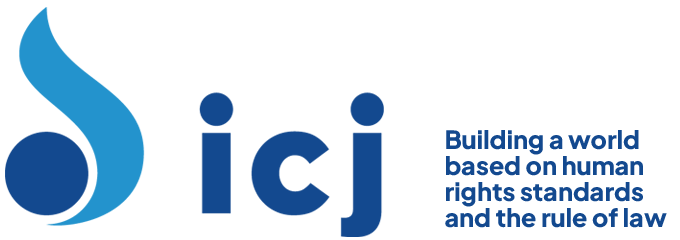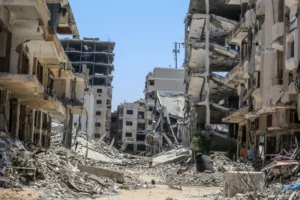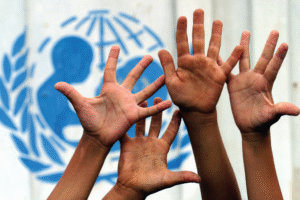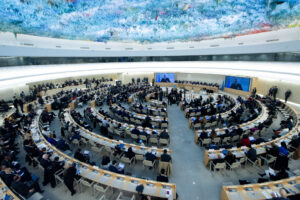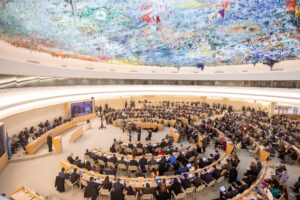VI. NATIONAL COORDINATION FRAMEWORK ON VIOLENCE AGAINST CHILDREN
72. Elements to be mainstreamed into national coordinating frameworks.
- Children in potentially vulnerable situations.
Groups of children which are likely to be exposed to violence include, but are not limited to, children: not living with their biological parents, but in various forms of alternative care; not registered at birth; in street situations; in actual or perceived conflict with the law; with physical disabilities, sensory disabilities, learning disabilities, psychosocial disabilities and congenital, acquired and/or chronic illnesses or serious behavioural problems; who are indigenous and from other ethnic minorities; from minority religious or linguistic groups; who are lesbian, gay, transgender or transsexual; at risk of harmful traditional practices; in early marriage (especially girls, and especially but not exclusively forced marriage); in hazardous child labour, including the worst forms; who are on the move as migrants or refugees, or who are displaced and/or trafficked; who have already experienced violence; who experience and witness violence in the home and in communities; in low socio-economic urban environments, where guns, weapons, drugs and alcohol may be easily available; living in accident- or disaster-prone areas or in toxic environments; affected by HIV/AIDS or who are themselves HIV infected; who are malnourished; looked after by other children; who are themselves carers and heads of households; born to parents who are themselves still under 18; who are unwanted, born prematurely or part of a multiple birth; hospitalized with inadequate supervision or contact with caregivers; or exposed to ICTs without adequate safeguards, supervision or empowerment to protect themselves. Children in emergencies are extremely vulnerable to violence when, as a consequence of social and armed conflicts, natural disasters and other complex and chronic emergencies, social systems collapse, children become separated from their caregivers and care giving and safe environments are damaged or even destroyed.
Link to full text of the report: http://www2.ohchr.org/english/bodies/crc/docs/CRC.C.GC.13_en.pdf
